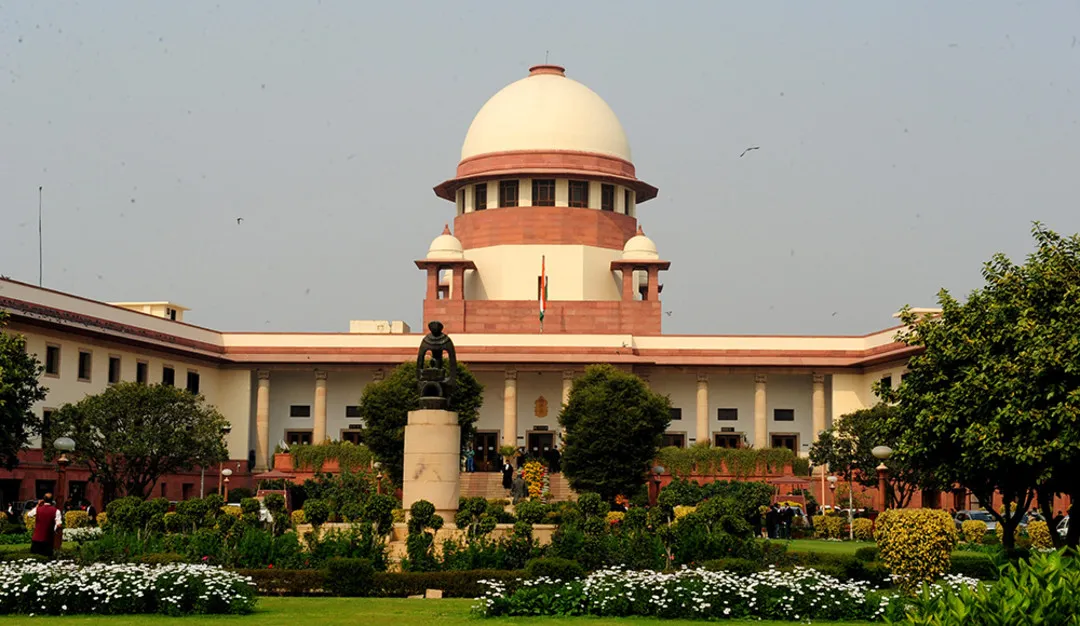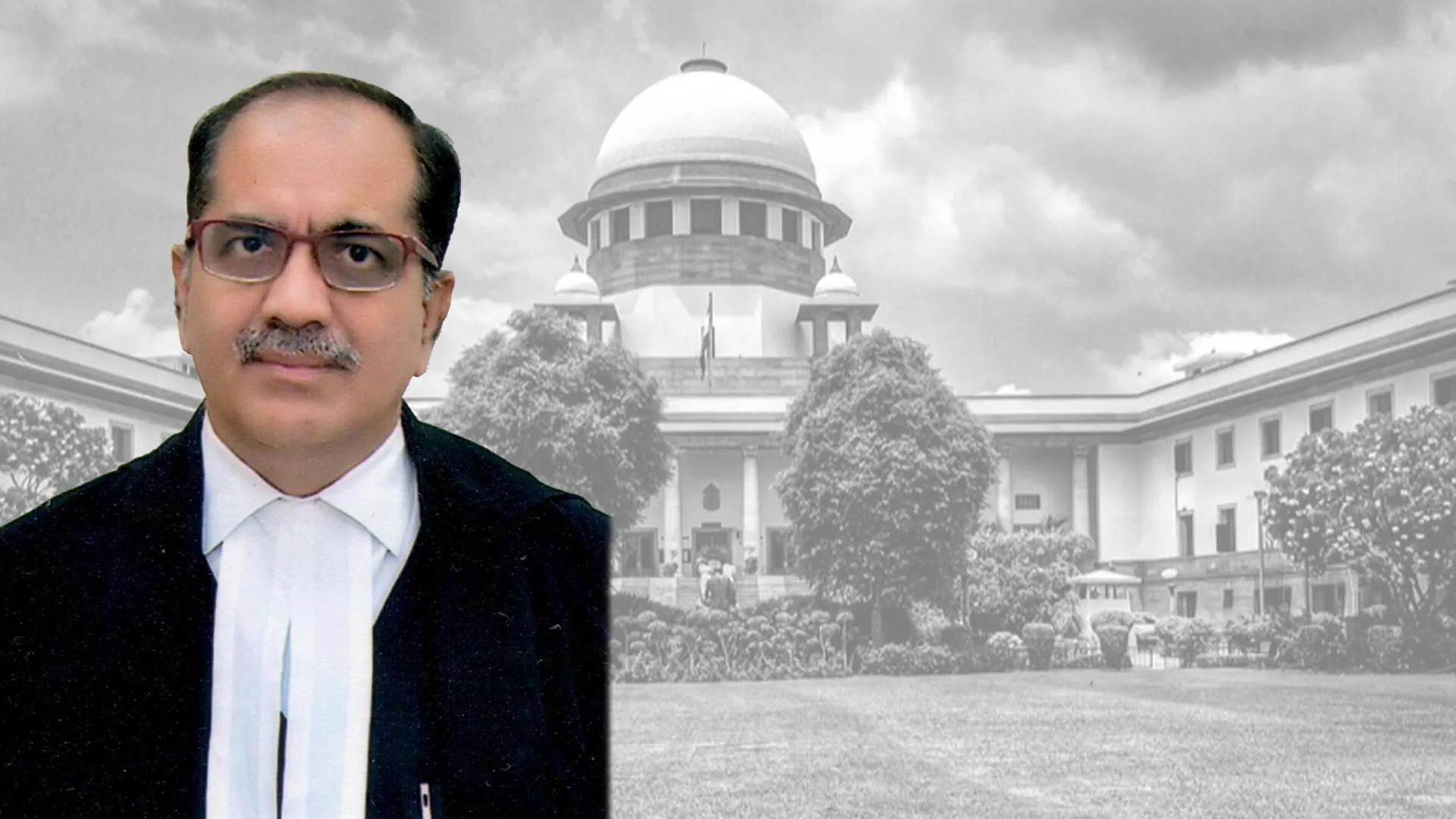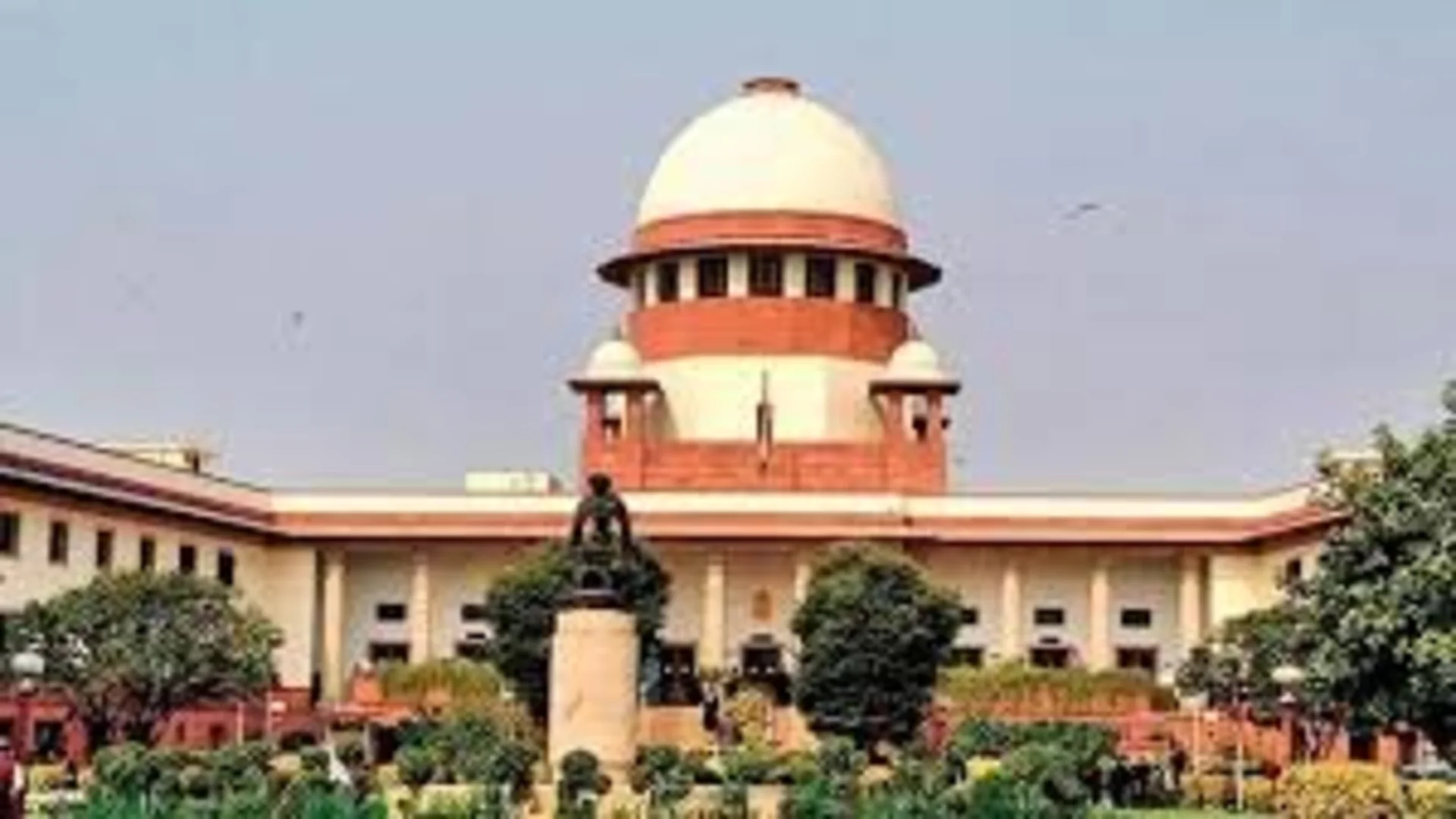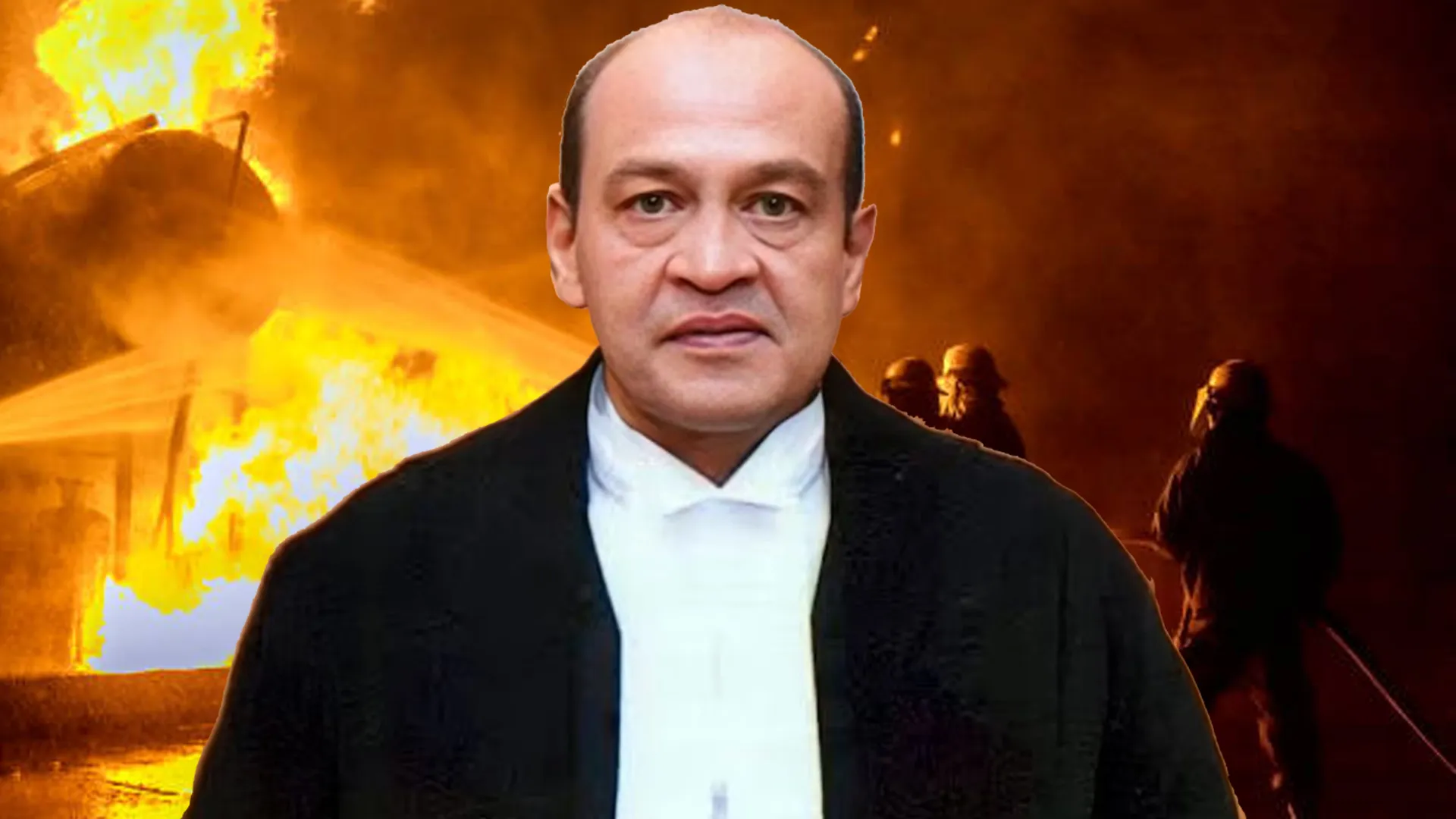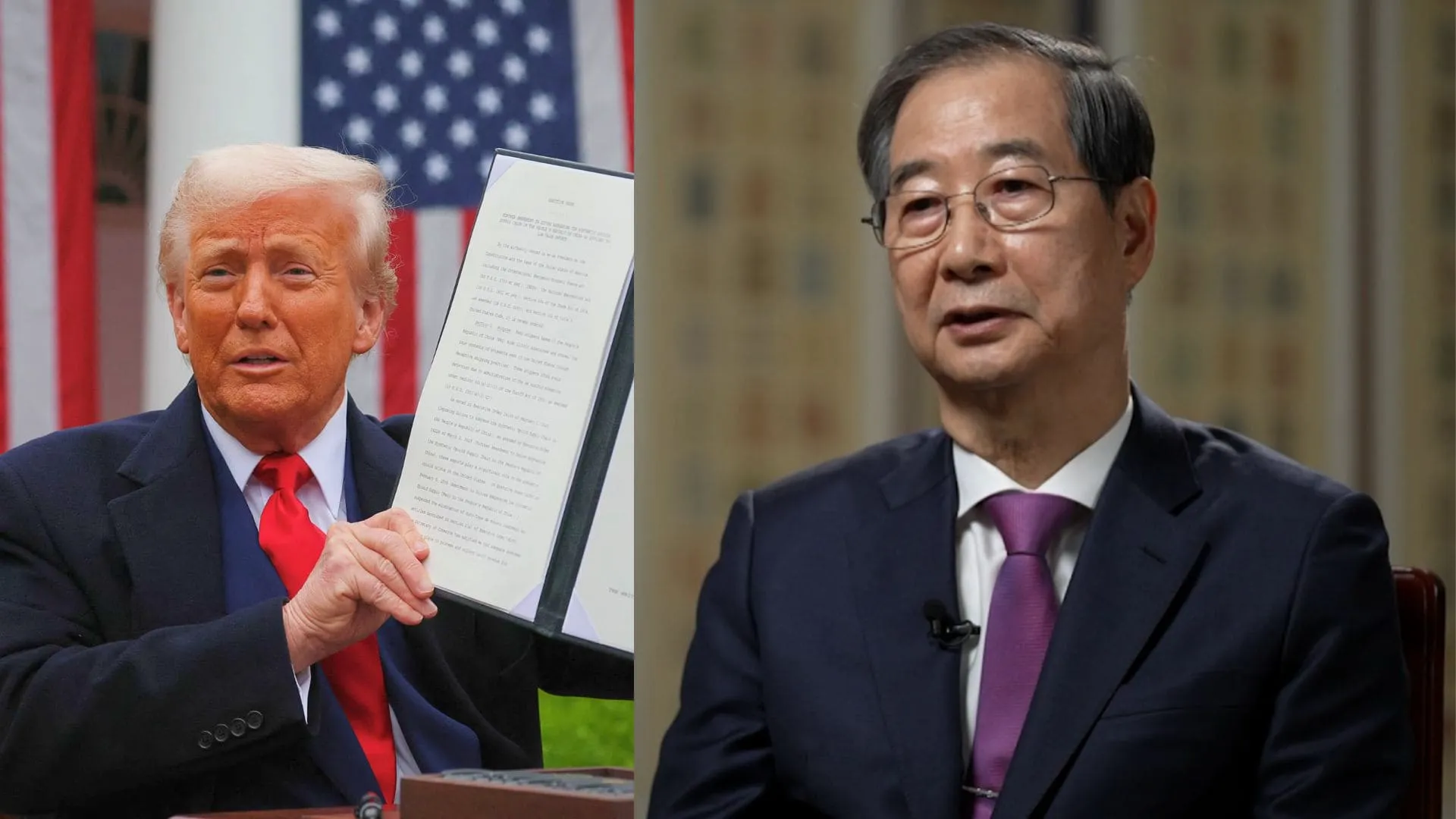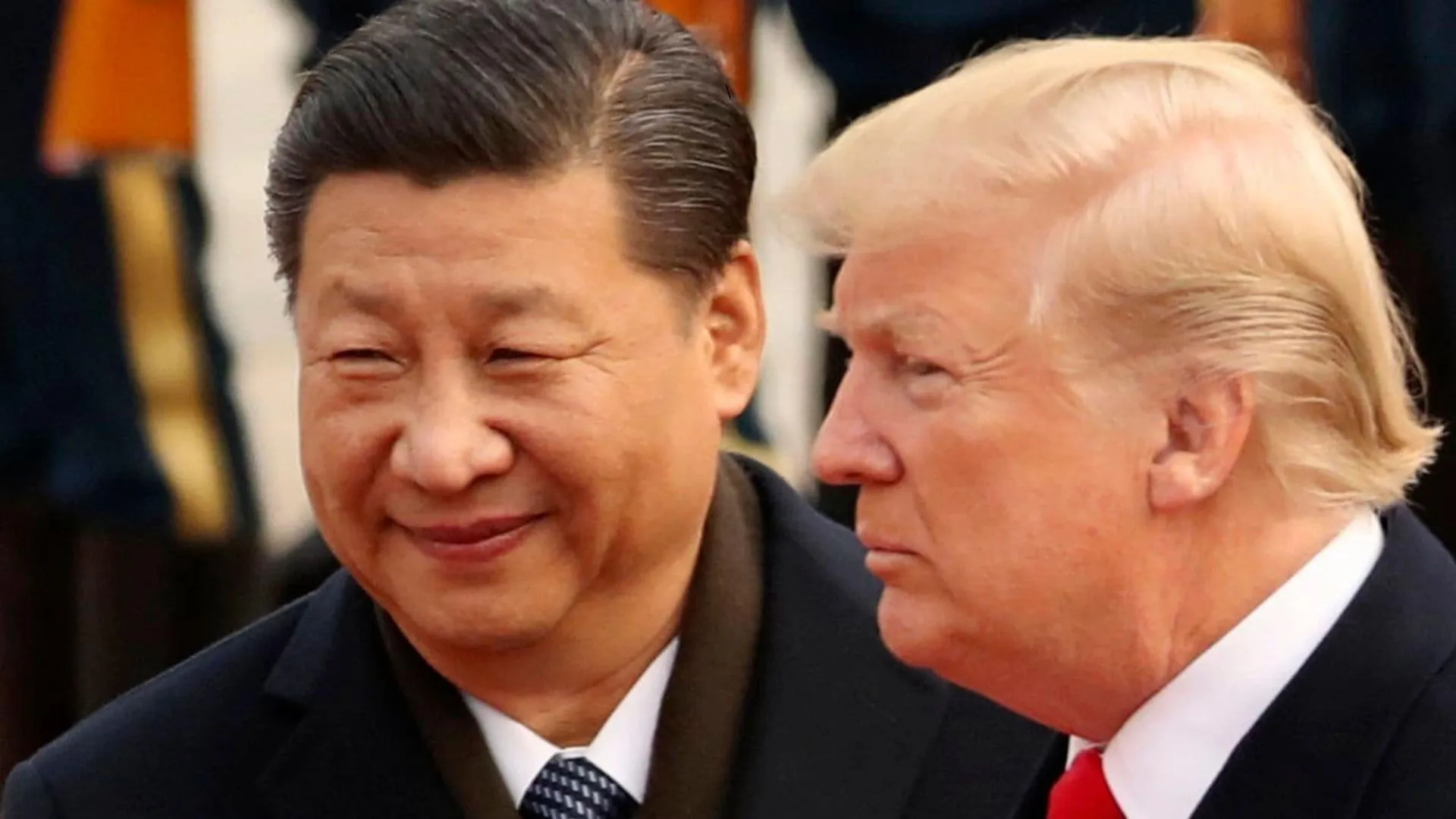On 7 June 2021, it was reported that the Chief Justice of India, in a virtually closed-door meeting with the Chief Justices of all the High Courts, emphasised that the High Court collegiums must recommend Dalit, tribal, OBC, minorities and women for elevation as judges so that the High Court would truly reflect the vast social diversity of the country.
This move is revolutionary because several adverse remarks had been made in the past regarding the demography of the higher judiciary but little had changed. Mr George F. Gadbois’ (a political scientist) in his book titled ‘Judges of the Supreme Court of India’, stated that 92.2% of the Supreme Court comprised male Brahmins and other forward castes based on empirical data between 1950-1989; fast forward to the present-day scenario, Supreme Court now has only 1 woman judge, 1 judge from the Dalit community and 3 judges from the Parsi, Christian and Muslim minority communities collectively. Further, the Ministry of Law & Justice’s 2020 report on ‘Judges of the High Courts’ stated that only 12% of the judges in the High Courts were women; and, Vidhi Centre for Legal Policy’s 2018 report stated that there were only 27.6% of women judges in the lower judiciary. In 2016, even the former director of the National Judicial Academy had remarked that “The typical Indian judge is Hindu, upper-class, upper-caste and male.”
For an institution which according to the aforesaid data has been a bastion of few select privileged classes of the society; the decision by the CJI to diversify the higher judiciary comes as a move that warrants acceptance with arms wide open. However, in spite of the substantive part of the inclusivity policy being in tune with the ethos of a representative democracy, the existing practises concerning the elevation of judges to the higher judiciary based on inclusivity grounds, does not facilitate its smooth and sociologically legitimate implementation.
A glimpse of the collegium resolution dated 08.05.2019
This was a time when there was no representation from the Scheduled Caste community in the Supreme Court for a decade. Thus, the Supreme Court Collegium elevated a judge belonging to the Scheduled Caste community from the Bombay High Court. While doing so the Collegium resolution stated that “His (the judge from the SC community’s) recommendation, in no way, is to be misconstrued to mean that three senior-most Judges from Bombay High Court (two of whom are serving as Chief Justices) are less suitable than him”. Now, there are several challenges attached to such ad-hoc elevations. Firstly, the aforesaid statement made by the Collegium makes it look like the only reason why none of the three other senior-most judges of the High Court were elevated is because they were at the right place at the wrong time; secondly, it still does not ensure that representation of judges with non-traditional background in the judiciary would continue in a sustained manner because after all, it took a decades’ time for the Collegium to realise the lack of representation of the SC community in the Supreme Court; and lastly, the lack of a well-defined policy for selection of the candidates belonging to the SC/ST/women/minority communities could exacerbate the allegations of nepotism and favouritism, a charge that the higher judiciary already has been saddled with time and again.
In light of the same, it is natural that the call for diversification by the CJI must be supplemented with procedural policies that both sustain as well as accelerate the prospect of constituting a diverse, democratic and representative judiciary.
JUDICIAL PERFORMANCE EVALUATION
Judicial Performance Evaluation Programmes conduct periodic assessment of the performances of the judges. It dates back to the year 1978 when the government of Alaska conducted the first judicial performance evaluation programme. However, over the years the judicial performance evaluation programmes have evolved across varied array of jurisdictions to meet their own unique needs; some are also meant for enhancing the accountability of the judges apart from determining the career paths of the judges. The 2017 Vidhi Centre for Legal Policy’s report stated that despite the differences among the practice of judicial performance evaluation; there are few commonalities that remain axiomatic across jurisdictions i.e., they are official state-run programmes, data and information on several parameters is collected from a wide audience through survey mechanisms, and the survey results and recommendations are widely circulated.
Further, the 2017 report after wide consultation with eminent jurists, judges, academicians and advocates recommended that India’s judicial performance evaluation programmes must be run by a statutory body or commission that would carry out the surveys annually to evaluate the performances of the judges for the elevation to the higher judiciary. The programme would be conducted in three phases – the first stage would entail the survey which would be filled by peers on the bench, court staff, eminent advocates to name a few; the second stage would carry out the collation of data, and the third and last stage would be the publication of the data in a public domain along with the recommendations made by the body/commission.
The induction of the judicial performance evaluation programmes is not only desirable but even the need of the hour because the aforementioned statistics evinced that the lower judiciary comparatively enjoyed a greater diversity of judges; it gives a fair, if not ideal, pool of candidates whose performances can be evaluated in order to be elevated to the higher judiciary. This would also prove to be a game-changer because not only would it provide for a rational and uniform basis for the elevation/non-elevation of a particular judge to the higher judiciary but also inhibits the scope for favouritism/nepotism, and its annual reports would ensure that the diversification policy is not compromised or ignored over time. Lastly, since the aim of such programmes is also to ensure that merit is rewarded, it would also cause only the meritorious candidates from non-traditional backgrounds to be elevated to the highest echelons of the judiciary; which is in tune with the vision of the drafters of the constitution who envisaged merit as the sole ground for appointment to the judiciary.


